Introduction
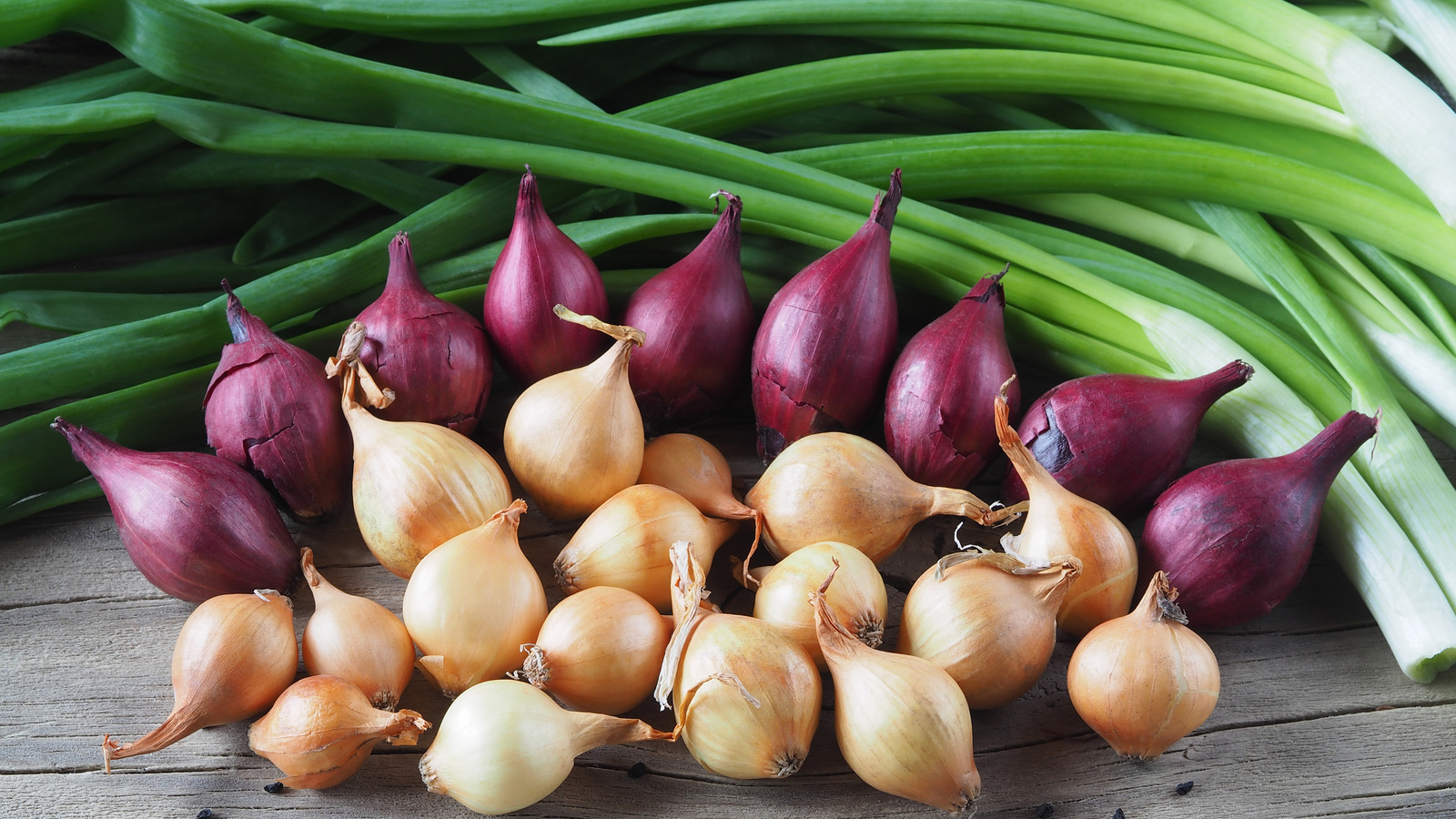
Garlic and shallots are two flavorful alliums that are widely used in culinary traditions around the world. Both ingredients bring depth and complexity to dishes and are beloved for their distinctive taste profiles. While garlic is known for its pungent and strong flavor, shallots offer a milder taste with a hint of sweetness. In this article, we will explore the similarities and differences between garlic and shallots, their culinary uses, nutritional value, health benefits, as well as provide tips for cooking with them. Join us on this flavorful journey as we compare and appreciate these versatile alliums.
A Brief Introduction To Garlic And Shallots As Flavorful Alliums
Garlic and shallots are two flavorful alliums that are widely used in culinary traditions around the world. Both ingredients bring depth and complexity to dishes and are beloved for their distinctive taste profiles. Garlic, scientifically known as Allium sativum, is known for its pungent and strong flavor, while shallots, or Allium cepa aggregatum, offer a milder taste with a hint of sweetness. These versatile alliums add an aromatic and savory element to various cuisines, making them essential ingredients in cooking. Whether used in soups, sauces, or marinades, garlic and shallots are key players in enhancing the flavors of a wide range of dishes.
Similarities Between Garlic And Shallots In Terms Of Taste And Culinary Uses
Garlic and shallots have some similarities in terms of taste and culinary uses. Both ingredients belong to the allium family and add a rich, savory flavor to dishes. They can be used as aromatics in soups, stews, and sauces, or as a flavor enhancer in marinades and dressings. Both garlic and shallots are versatile and can be used in a variety of cuisines, including Asian, Mediterranean, and French cooking. They can also be sautéed, roasted, or pickled to further enhance their flavors. Overall, both garlic and shallots are essential ingredients in creating delicious and flavorful dishes.
Garlic: Allium Sativum
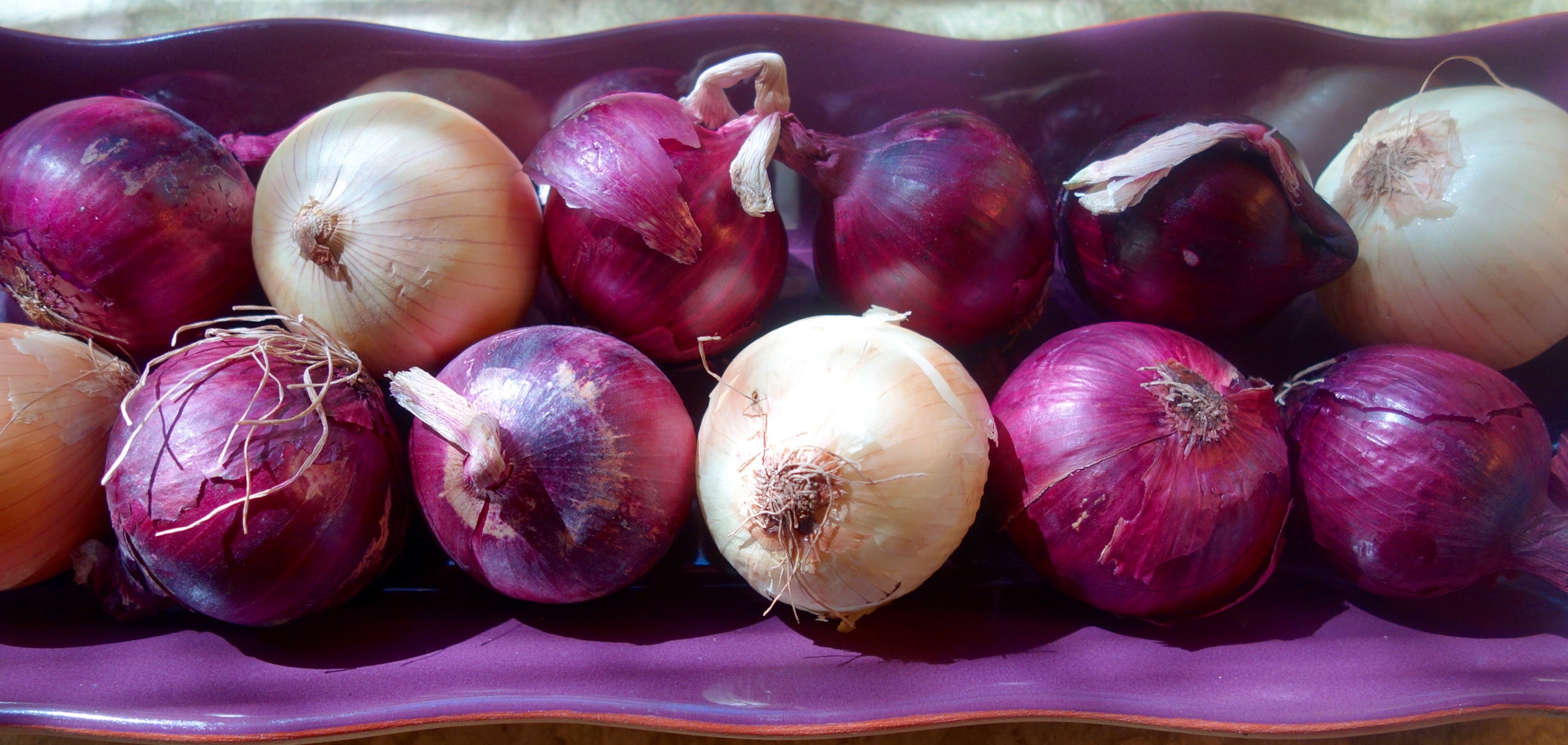
Garlic, scientifically known as Allium Sativum, is a flavorful allium that is widely used in culinary traditions around the world. It is characterized by its distinctive flavor profile, with a strong and pungent taste. Garlic cloves are enclosed in a papery skin and are usually white or cream-colored. In cooking, garlic is known for its ability to add depth and flavor to dishes. It is commonly used as an aromatic in soups, stews, and sauces, or as a flavor enhancer in marinades and dressings. Its versatility makes it a staple ingredient in various cuisines, including Asian, Mediterranean, and French cooking styles.
Garlic Flavor Profile And Characteristics
Garlic, with its strong and pungent flavor, is known for its distinct taste profile. It has a sharp and spicy bite that leaves a lingering warmth on the palate. The flavor of garlic can be described as savory, earthy, and slightly sweet. When cooked, garlic develops a rich and complex flavor, with a hint of nuttiness. Its bold taste adds depth and complexity to a wide range of dishes, making it a popular choice in various cuisines around the world. From soups and sauces to marinades and dressings, garlic brings a robust and aromatic element to any dish.
Culinary Uses Of Garlic In Various Cuisines
Garlic is a staple ingredient in a wide range of cuisines around the world, earning its reputation as a flavor powerhouse. Its strong and distinct taste enhances the flavors of dishes in numerous ways. In Italian cuisine, garlic is a key ingredient in pasta sauces, pesto, and bruschetta. In Asian cuisine, garlic is commonly used in stir-fries, marinades, and dipping sauces. It is also a crucial element in Mediterranean dishes like roasted vegetables, hummus, and tzatziki sauce. Additionally, garlic is frequently used in soups, stews, dressings, and marinades, adding depth and complexity to these dishes. With its versatile nature, garlic is a go-to ingredient in many culinary traditions across the globe.
Shallots: Allium Cepa Aggregatum
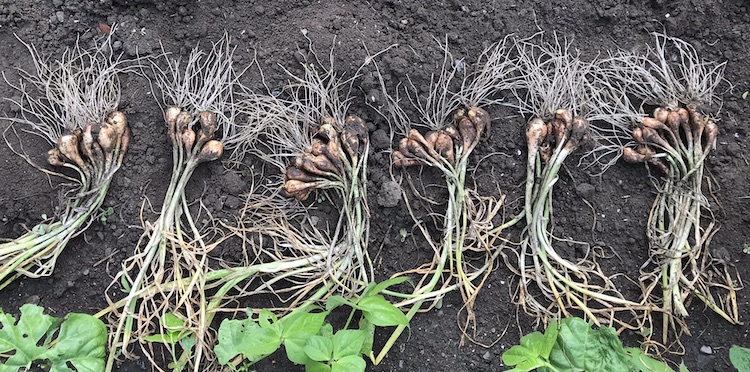
Shallots, scientifically known as Allium cepa aggregatum, are a variety of onion that belongs to the allium family. They have a distinct flavor that sets them apart from other members of the onion family. Shallots are smaller in size compared to regular onions, with a mild yet sweet and delicate taste. They have multiple layers and are known for their distinctive purple or reddish-brown skin. Shallots are commonly used in various cuisines around the world for their unique flavor and ability to enhance the taste of dishes. They can be used raw or cooked to add depth and complexity to sauces, dressings, and various other dishes.
Distinctive Properties And Taste Of Shallots
Shallots have several distinctive properties that set them apart from other members of the onion family. They are smaller in size compared to regular onions and have an elongated tapered shape. Shallots have a unique flavor that is milder than garlic, with a hint of sweetness. This makes them perfect for dishes where a more delicate flavor is desired. The multiple layers of shallots contribute to their complexity and depth, making them a popular choice in various cuisines around the world. Whether used raw or cooked, shallots add a special touch to sauces, dressings, and other culinary creations.
How Shallots Enhance The Flavor Of Dishes
Shallots have a unique flavor that can greatly enhance the taste of dishes. Their milder and sweeter taste adds a subtle and delicate complexity to recipes. When cooked, shallots provide a rich and savory flavor, enhancing the overall depth of sauces, dressings, and marinades. Shallots can be sautéed to bring out their natural sweetness or caramelized to develop a deeper and more intense flavor. When used raw, shallots offer a crisp and slightly pungent taste, making them a wonderful addition to salads and vinaigrettes. Overall, shallots elevate the flavor profile of dishes and add a touch of sophistication.
Nutritional Value And Health Benefits
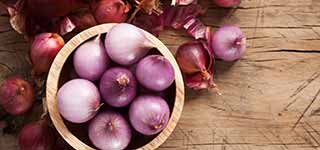
Garlic and shallots not only enhance the flavor of dishes but also offer numerous health benefits. Garlic is rich in antioxidants, vitamins, and minerals such as vitamin C, vitamin B6, manganese, and selenium. It has been associated with reducing blood pressure, improving cholesterol levels, and boosting the immune system. Shallots, although milder in taste, contain dietary fiber, potassium, and flavonoids that support cardiovascular health and help regulate blood sugar levels. Both garlic and shallots possess antimicrobial and anti-inflammatory properties, making them valuable additions to a healthy diet.
Comparative Analysis Of The Nutritional Content Of Garlic And Shallots
A comparative analysis of the nutritional content of garlic and shallots reveals interesting differences. While garlic is known for its high antioxidant content, including vitamin C and selenium, shallots are rich in dietary fiber and potassium. Garlic also contains vitamin B6 and manganese, while shallots boast flavonoids that support cardiovascular health. Both garlic and shallots possess antimicrobial and anti-inflammatory properties, making them valuable additions to a healthy diet. Overall, each of these flavorful alliums offers its unique set of nutrients and health benefits.
Health Benefits Associated With Consuming Garlic And Shallots
Garlic and shallots offer a variety of health benefits when consumed regularly. Both of these alliums possess antimicrobial properties that can help fight against infections and boost the immune system. Garlic has been shown to have potential cardiovascular benefits by reducing blood pressure and cholesterol levels. It also contains compounds that may have anticancer properties. Shallots, on the other hand, are rich in dietary fiber, which promotes healthy digestion and can help prevent constipation. Additionally, the flavonoids found in shallots have been linked to improved cardiovascular health. Incorporating garlic and shallots into your diet can be a flavorful way to enhance your overall health and well-being.
Cooking With Garlic And Shallots
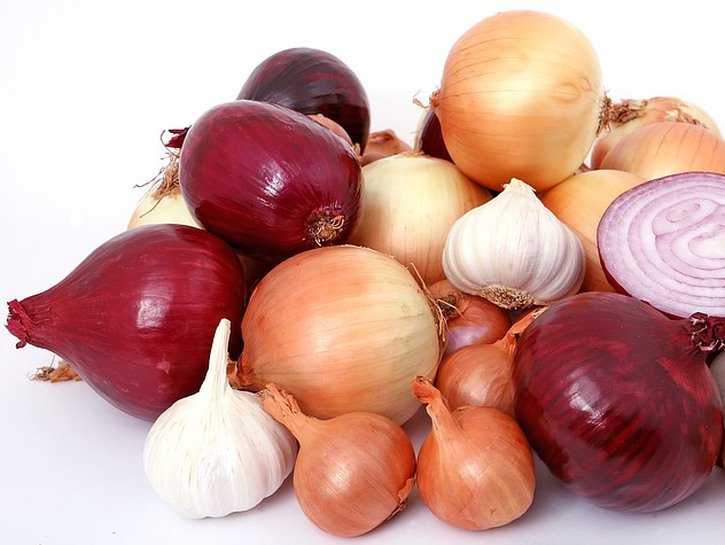
When it comes to cooking with garlic and shallots, the possibilities are endless. These flavorful alliums are staples in many cuisines around the world. Here are some tips for cooking with garlic and shallots:
- Preparation: To release the full flavor of garlic, finely chop or crush the cloves before adding them to your dish. Shallots can be sliced or minced, depending on your preference.
- Sauteing: Garlic and shallots are often sautéed in oil or butter to bring out their flavors. Start by heating the oil or butter in a pan, then add the garlic or shallots and cook until they become fragrant and slightly caramelized.
- Flavor enhancers: Garlic and shallots can be used as a base for many dishes. They can add depth and richness to soups, stews, sauces, and marinades. They can also be used as a seasoning for roasted vegetables or grilled meats.
- Pairing: Garlic and shallots pair well with a variety of other ingredients. They go well with herbs like thyme, rosemary, and parsley. They also complement flavors like lemon, ginger, and chili peppers.
- Timing: When cooking with garlic and shallots, it’s important to add them at the right time. Garlic can burn easily, so it’s best to add it towards the end of the cooking process. Shallots can be added earlier as they have a milder flavor.
- Recipe ideas: Some popular dishes that highlight the flavors of garlic and shallots include garlic shrimp, roasted garlic chicken, caramelized shallot tart, and garlic butter pasta.
Incorporating garlic and shallots into your cooking can elevate the flavors of your dishes and add a unique depth of flavor. So, don’t be afraid to experiment and get creative in the kitchen with these versatile alliums.
Tips For Cooking With Garlic And Shallots
Here are some tips for cooking with garlic and shallots:
- Preparation: To release the full flavor of garlic, finely chop or crush the cloves before adding them to your dish. Shallots can be sliced or minced, depending on your preference.
- Sauteing: Garlic and shallots are often sautéed in oil or butter to bring out their flavors. Start by heating the oil or butter in a pan, then add the garlic or shallots and cook until they become fragrant and slightly caramelized.
- Flavor enhancers: Garlic and shallots can be used as a base for many dishes. They add depth and richness to soups, stews, sauces, and marinades. They can also be used as a seasoning for roasted vegetables or grilled meats.
- Pairing: Garlic and shallots pair well with a variety of other ingredients. They go well with herbs like thyme, rosemary, and parsley. They also complement flavors like lemon, ginger, and chili peppers.
- Timing: When cooking with garlic and shallots, it’s important to add them at the right time. Garlic can burn easily, so it’s best to add it towards the end of the cooking process. Shallots can be added earlier as they have a milder flavor.
Experiment with these tips and bring out the best flavors in your dishes with garlic and shallots.
Recipe Ideas And Popular Dishes That Highlight Their Flavors
There are countless recipe ideas and popular dishes that showcase the delicious flavors of garlic and shallots. Some classic recipes that feature the distinct taste of garlic include garlic butter shrimp, garlic mashed potatoes, and garlic bread. Shallots shine in dishes such as coq au vin, green bean almondine, and salad dressings. Both garlic and shallots add depth to soups and stews, and can elevate the flavor of roasted vegetables and grilled meats. Experiment with these flavorful alliums in your favorite recipes to add a layer of complexity and enhance the overall taste.
Conclusion
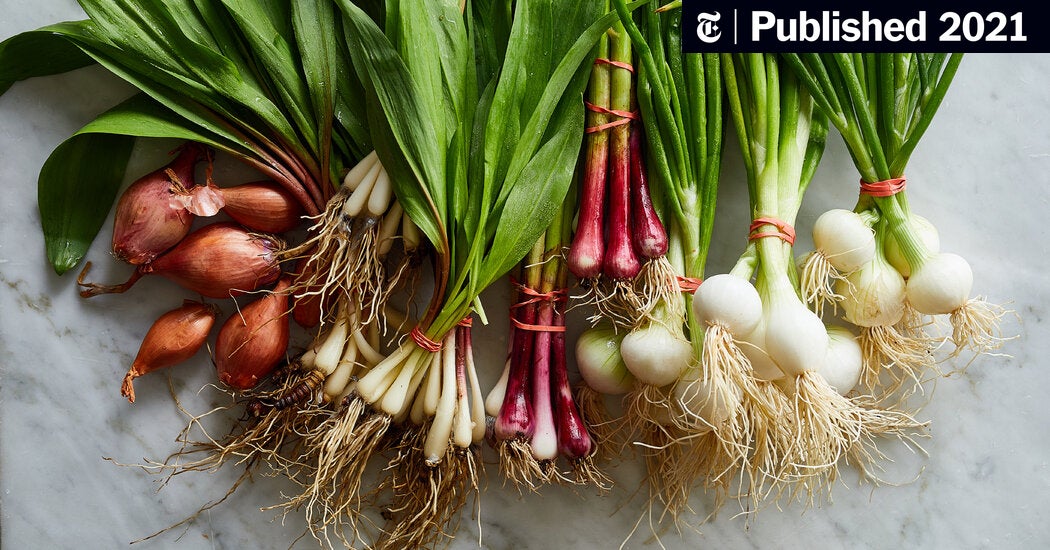
In conclusion, garlic and shallots are both flavorful alliums that add depth and complexity to dishes. While garlic offers a strong and pungent flavor, shallots provide a milder and sweeter taste. Each has its own unique characteristics and culinary uses. Whether you’re looking to add a kick to your savory dishes or enhance the delicate flavors of salads and sauces, both garlic and shallots can be versatile ingredients in your kitchen. So, next time you’re cooking, consider incorporating these flavorful alliums to elevate the taste of your meals.
Final Thoughts On The Flavor Profiles And Culinary Versatility Of Garlic And Shallots
Garlic and shallots are both incredibly versatile ingredients that add depth and complexity to a wide range of dishes. Garlic brings a bold and pungent flavor, making it a staple in savory cooking. Shallots, on the other hand, offer a milder and sweeter taste, perfect for enhancing the delicate flavors of salads and sauces. Whether you’re looking to add a kick to your pasta, a subtle sweetness to your vinaigrette, or a savory note to your stir-fry, both garlic and shallots have got you covered. Incorporating these flavorful alliums in your cooking will undoubtedly elevate the taste of your meals. So go ahead and experiment with them in your next culinary adventure!
Choosing The Right Allium For Your Cooking Needs
When it comes to choosing the right allium for your cooking needs, it’s important to consider the flavor profile and intensity that you’re looking for. If you want a bold and pungent flavor, garlic is the way to go. Its strong taste can bring a robust depth to dishes like pasta sauces, stews, and marinades. On the other hand, if you prefer a milder and sweeter taste, shallots are the perfect choice. They add a subtle yet distinct flavor to salads, dressings, and delicate sauces. Ultimately, your choice between garlic and shallots will depend on the specific flavor you want to bring to your dishes.
Frequently Asked Questions about Garlic vs Shallots
Q: What are garlic and shallots?
A: Garlic and shallots are two popular members of the Allium family, known for their distinct flavors and culinary uses. Garlic, with its strong and pungent taste, consists of multiple cloves enclosed in a papery skin. Shallots, on the other hand, have a milder and sweeter flavor, with a cluster of cloves covered in a thin, coppery-pink skin.
Q: How do garlic and shallots differ in taste?
A: Garlic possesses a strong, pungent, and slightly spicy flavor. It adds depth and intensity to dishes. Shallots, however, offer a more delicate and subtle taste. They have a sweeter, onion-like flavor that is less overpowering than garlic.
Q: Can garlic and shallots be used interchangeably in recipes?
A: Yes, garlic and shallots can be used interchangeably in many recipes. However, keep in mind that their flavors differ, and using one instead of the other may slightly alter the taste of your dish. It is essential to consider the impact on the overall flavor profile when substituting.
Q: Are there any specific recipes where garlic is preferred over shallots or vice versa?
A: While personal preference plays a significant role in choosing between garlic and shallots, some traditional recipes tend to lean towards one or the other. For instance, garlic is often the preferred choice for dishes that require a more robust and aromatic flavor. Shallots, on the other hand, are frequently used in lighter dishes, sauces, dressings, and vinaigrettes.
Q: Are the nutritional profiles of garlic and shallots similar?
A: Both garlic and shallots offer various health benefits. While garlic is known for its potential immune-boosting properties, cancer-fighting components, and cardiovascular benefits, shallots provide essential nutrients such as vitamins A and C, and minerals like potassium and manganese. However, the specific nutrient content may vary slightly between the two.
Q: Can garlic and shallots be stored for a long time?
A: Both garlic and shallots have good keeping qualities. Garlic can be stored for a long time, up to several months, if kept in a cool, dry, and well-ventilated place away from direct sunlight. Shallots can also be stored for a few weeks to several months if kept in a cool, dark, and dry area.
Q: How can I incorporate garlic and shallots into my cooking?
A: Both garlic and shallots can be used in a wide range of dishes to enhance their flavor. You can mince or chop them finely and sauté them with other ingredients at the beginning of a recipe to infuse the dish with their flavors. Alternatively, you can roast whole cloves of garlic or shallots to bring out their natural sweetness.
Q: Are garlic and shallots used in cuisines worldwide?
A: Yes, garlic and shallots have been used in various cuisines around the world for centuries. Garlic is a staple ingredient in Mediterranean, Middle Eastern, and Asian cuisines, while shallots are commonly used in French and Southeast Asian cooking.
Q: Are there any allergic reactions associated with garlic or shallots?
A: Some individuals may have allergic reactions to garlic or shallots, although it is relatively rare. Allergies to Allium vegetables can cause symptoms such as skin rashes, gastrointestinal discomfort, or even anaphylaxis in severe cases. If you suspect an allergy, it is advisable to consult a medical professional.
Q: Can I regrow garlic or shallots from the cloves?
A: Both garlic and shallots can be regenerated from cloves. To grow garlic, plant individual cloves in well-draining soil during the fall season. For shallots, plant the cloves in a sunny spot during early spring. With proper care and patience, new bulbs will form, ready for harvest.

From At-Home Dinner Parties to Family Reunions to Office Parties, we can cater your next Event!